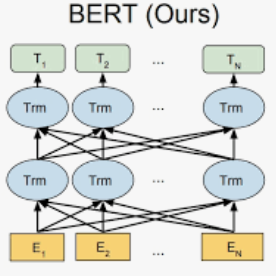We introduce a new language representation model in finance called Financial Embedding Analysis of Sentiment (FinEAS). In financial markets, news and investor sentiment are significant drivers of security prices. Thus, leveraging the capabilities of modern NLP approaches for financial sentiment analysis is a crucial component in identifying patterns and trends that are useful for market participants and regulators. In recent years, methods that use transfer learning from large Transformer-based language models like BERT, have achieved state-of-the-art results in text classification tasks, including sentiment analysis using labelled datasets. Researchers have quickly adopted these approaches to financial texts, but best practices in this domain are not well-established. In this work, we propose a new model for financial sentiment analysis based on supervised fine-tuned sentence embeddings from a standard BERT model. We demonstrate our approach achieves significant improvements in comparison to vanilla BERT, LSTM, and FinBERT, a financial domain specific BERT.
翻译:在金融领域,我们引入了一种新的语言代表模式,名为“情感金融嵌入分析”(Financial Emplus Againment of Sentiment ) 。在金融市场中,新闻和投资者情绪是安全价格的重要驱动因素。因此,利用现代国家货币账户方法的能力进行金融情绪分析,是确定对市场参与者和监管者有用的模式和趋势的关键组成部分。近年来,利用大型基于变换语言模式(如BERT)的转移学习方法,在文本分类任务中取得了最先进的成果,包括使用贴标签的数据集进行情感分析。研究人员迅速对金融文本采用了这些方法,但该领域的最佳做法尚未完全确立。在这项工作中,我们提出了一个新的金融情绪分析模式,其基础是监管下对标准BERT模式的判刑进行微调。我们展示了我们的方法在与Vanilla BERT、LSTM和FinBERT(一个金融领域特定的BERT)相比,取得了显著的改进。




